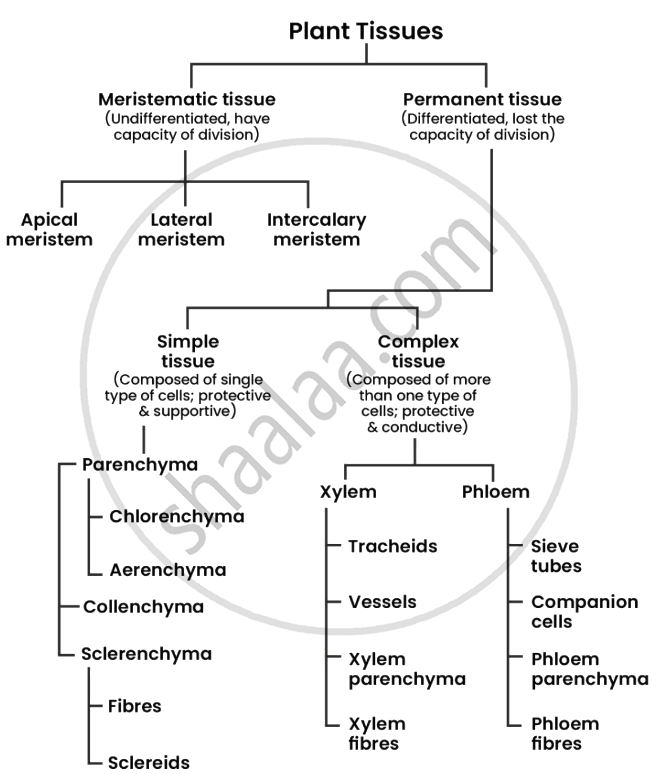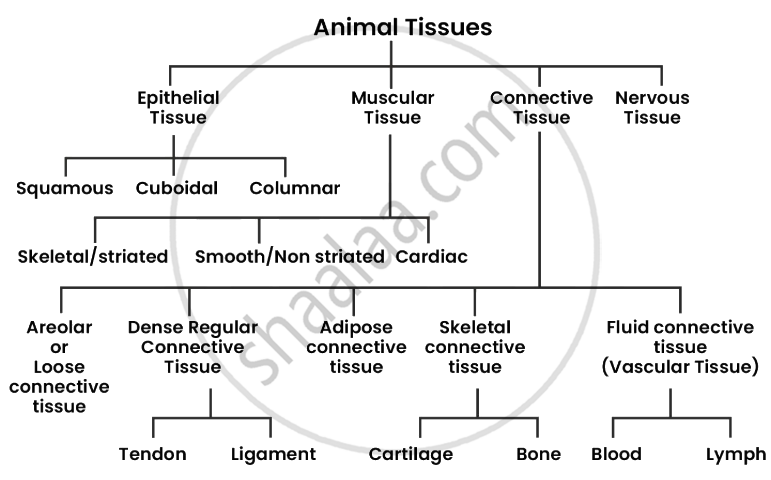Topics
Living World
- What is ‘Living’?
- Taxonomical Aids
Systematics of Living Organisms
- Systematics of Living Organisms (Introduction)
- Systematics of Living Organisms (Introduction)
- Concept of Systematics
- Concept of Systematics
- Classification of Taxonomy
- Classification of Taxonomy
- Three Domains of Life
- Three Domains of Life
- Chemotaxonomy
- Chemotaxonomy
- Numerical Taxonomy
- Numerical Taxonomy
- Cladogram
- Cladogram
- Phylogeny
- Phylogeny
- DNA Barcoding
- DNA Barcoding
- Taxonomic Hierarchy of Living Organisms: Unit of Classification
- Taxonomic Hierarchy of Living Organisms: Unit of Classification
- Taxonomic Hierarchy
- Taxonomic Hierarchy
- Units of Classification
- Units of Classification
- Binomial Nomenclature
- Binomial Nomenclature
- Salient Features of Five Kingdoms
- Salient Features of Five Kingdoms
- Acellular Organisms
- Acellular Organisms
Kingdom Plantae
- Classification of Kingdom Plantae
- Salient Features of Major Plant Groups Under Cryptogams
- Salient Features of Major Plant Groups Under Phanerogams
- Plant Life Cycle and Alternation of Generations
Kingdom Animalia
- Criteria Used for Animal Classification
- Animal Body Plan
- Animal Classification
Cell Structure and Organization
- Cell: Structural and Functional Unit of Life
- Types of Cells
- Components of Eukaryotic Cell
Biomolecules
- Biomolecules in Living System
- Biomolecules in the Cell
- Carbohydrates
- Lipids
- Proteins
- Nucleic Acids
- Enzymes
- Nature of Enzyme Action
- Nomenclature of Enzymes
- Classification of Enzymes
- Mechanism of Enzyme Action
- Enzyme - Substrate Interactions
- Factors Affecting Enzyme Activity
- Metabolism
- Metabolic Pool
- Secondary metabolites (SMs)
Cell Division
- Introduction of Cell Division
- Cell Cycle
- Types of Cell Division
- Significance of Mitosis
- Significance of Mitosis
Plant Tissues and Anatomy
- Tissues - “The Teams of Workers”
- Meristems or Meristematic Tissues
- Permanent Tissue
- Tissue System
- Secondary Growth in Plants
- Wood
- Cork Cambium and Secondary Growth
- Anatomy of Root, Stem and Leaf
Morphology of Flowering Plants
- Division II- Angiosperms
- Morphology
- Study of Some Important Families
Animal Tissue
Study of Animal Type : Cockroach
- Habit and Habitat
- Systematic Position
- External Morphology
- Body Cavity
- Digestive System of Cockroach
- Circulatory System Or Blood Vascular System
- Human Respiratory System
- Reproduction System
- Interactions with Mankind
Photosynthesis
- Photosynthesis: Food-Making Process in Plants
- Chloroplasts
- Nature of Light
- Mechanism of Photosynthesis
- Light Dependent Reaction (Hill Reaction \ Light Reaction)
- Photophosphorylation
- Light Independent Reactions (Dark Reaction \ Biosynthetic Phase)
- Photorespiration
- C4 Pathway Or Hatch-slack Pathway
- Cam - Crassulacean Acid Metabolism
- Factors Affecting Photosynthesis
Respiration and Energy Transfer
- Formation of ATP
- Respiration
- Types of Respiration: Aerobic and Anaerobic Respiration
- Phases of Respiration: Glycolysis
- Phases of Respiration: Pyruvate Oxidation (Link Reaction)
- Phases of Respiration: Electron Transport System (Ets) and Oxidative Phosphorylation
- Phases of Respiration: Tricarboxylic Acid Cycle (Citric Acid Cycle Or Kreb’s Cycle)
- Phases of Respiration: Electron Transport Chain (Electron Transfer System)
- Phases of Respiration: Fermentation
- Respiratory Balance Sheet
- Amphibolic Pathways
- Utility of Stepwise Oxidation
- Respiratory Quotient (R.Q.)
Human Nutrition
- Nutrients and Nutrition
- Component of Food
- Human Digestive System
- The Mouth and Buccal Cavity
- The Salivary Glands
- The Teeth and Its Structure
- Tongue
- The Food Pipe/Oesophagus
- The Stomach
- The Small Intestine
- Pancreas
- The Large Intestine
- Liver
- Physiology of Digestion
- Absorption of Food
- Assimilation of Food
- Egestion of Food
- Nutritional and Digestive Tract Disorders
Excretion and Osmoregulation
- Excretion
- Modes of Excretion: Ammonotelism, Ureotelism, and Uricotelism
- Human Excretory System
- Kidney and Its Internal Structure
- Kidney Tubule (Nephrons)
- Function of the Kidney - “Production of Urine”
- Concentration of Urine
- Composition of Urine
- Accessory Excretory Organs
- Common Disorders of the Urinary System
Skeleton and Movement
- Movements and Locomotion
- Location and Structure of Skeletal Muscles
- Working of Skeletal Muscles
- Mechanism of Muscle Contraction
- Physiology of Muscle Relaxation
- Relaxation of Muscle Fibres
- Skeletal System
- Group of Skeleton
- Types of Joints
- Disorders Related to Muscles
- Disorders Related to Bones
- Introduction
- Differences Between Plant and Animal Tissues
Introduction:
A tissue is a group of cells with the same origin, structure, and function. Tissues are essential for organising cells in multicellular organisms, allowing them to divide work and perform specific tasks effectively.
| Type of Tissue | Simple Tissue | Complex Tissue |
| Definition | Made up of only one type of cell. | Made up of more than one type of cell working together to perform a specific function. |
| Examples in Animals | Epithelial tissue (covers and protects body surfaces). | Blood (composed of plasma, red blood cells, white blood cells, and platelets). |
| Examples in Plants | Meristematic tissue (responsible for growth in specific parts). | Xylem and phloem (transport water, nutrients, and food). |
| Function | Protection, growth, and basic structural support. | Transport of substances, support, and specialised functions. |
Differences Between Plant and Animal Tissues:
| Aspect | Plant Tissues | Animal Tissues |
|---|---|---|
| Movement | Plants are sedentary (non-moving) and focus on support and growth. | Animals move for food, shelter, and reproduction, requiring energy. |
| Cell Composition | Made up of dead cells, providing mechanical strength and low maintenance. | Made up of living cells to support movement and various functions. |
| Growth | Growth occurs only in specific parts where dividing cells are present. | Growth is uniform throughout the body. |
| Specialization | Structure is less specialised compared to animals. | Highly specialised organs and organ systems. |


Example
What is tissue?
A tissue, in biology, is defined as a group of cells that have a similar structure and perform a specific function. The word tissue originates from French, which means "to weave."
Example
What is the utility of tissues in multi-cellular organisms?
In unicellular organisms, a single cell performs all the basic functions, such as respiration, movement, excretion, digestion, etc. But in multicellular organisms, cells are grouped to form tissues. These tissues are specialised to carry out a particular function at a definite place in the body.
- For example, muscle cells form muscular tissues, which help with movement, and nerve cells form nervous tissue, which helps transmit messages.
- This is known as the division of labour in multicellular organisms. Because of this division of labour, multicellular organisms can perform all functions efficiently.
